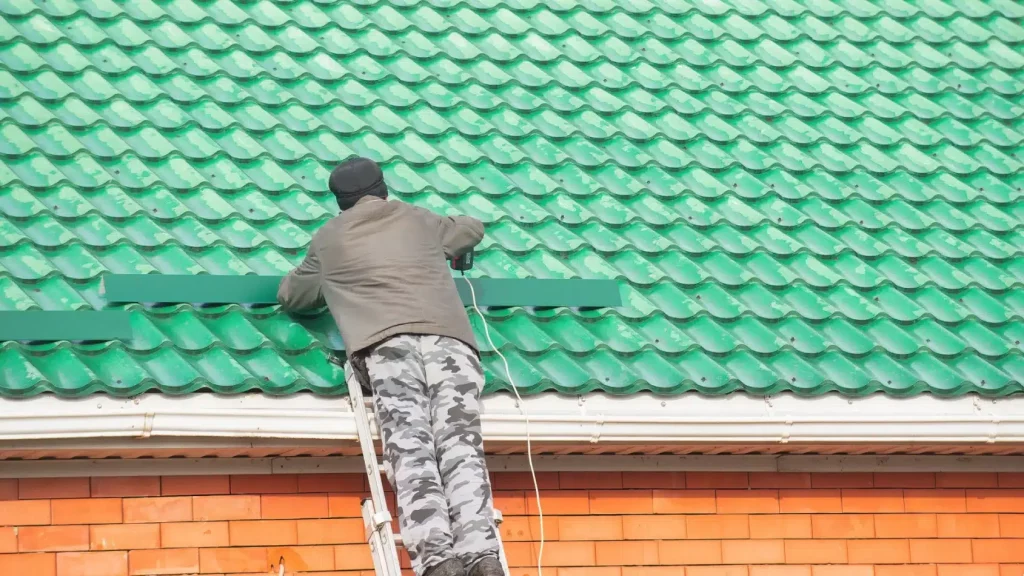Embarking on a homeowner’s journey? Unravel the mysteries surrounding the lifespan of your roof with insights on “How Often Do You Have to Replace a Roof.” Explore the factors influencing this decision and ensure your home’s long-term stability.

How Often Do You Have to Replace a Roof: Understanding the Timeline
Determining the frequency of roof replacement is a crucial aspect of homeownership. Let’s delve into the factors that influence how often you should replace your roof and ensure your dwelling remains a safe haven.
Factors Influencing Roof Replacement Frequency: How Often Do You Have to Replace a Roof
- Roofing Material:
- Different roofing materials have varying lifespans. Asphalt shingles typically last 20-30 years, while metal roofs can endure for 40-70 years. Understanding your roof’s material is fundamental.
- Climate and Weather Exposure:
- Harsh weather conditions, such as intense sunlight, heavy rainfall, or extreme temperatures, can accelerate roof deterioration. Homes in challenging climates may require more frequent replacements.
- Quality of Installation:
- A well-installed roof is more likely to meet or exceed its expected lifespan. Poor installation can lead to premature wear and tear, necessitating earlier replacements.
Signs It’s Time for a Roof Replacement:
- Visible Damage:
- Obvious signs like missing shingles, sagging areas, or visible damage indicate the need for immediate attention.
- Leaks and Water Damage:
- Persistent leaks, water stains on ceilings, or interior water damage suggest a compromised roof that may require replacement.
- Age of the Roof:
- Knowing the age of your roof and its expected lifespan helps you anticipate when replacement might be necessary.
Regular Roof Maintenance: Prolonging the Lifespan
- Inspections and Repairs:
- Regular inspections and prompt repairs can address minor issues before they escalate, extending the lifespan of your roof.
- Gutter Maintenance:
- Keeping gutters clean and free from debris ensures proper water drainage, preventing potential water damage to the roof structure.
- Trimming Overhanging Branches:
- Trees with overhanging branches can pose a threat during storms. Regular trimming minimizes the risk of branches damaging the roof.
Choosing the Right Roofing Material:
- Asphalt Shingles:
- Affordable and versatile, but with a moderate lifespan compared to other materials.
- Metal Roofing:
- Known for durability, longevity, and resistance to various weather conditions.
- Slate or Tile Roofing:
- Offers a high-end aesthetic and a longer lifespan, but comes with a higher upfront cost.
Conclusion: Ensuring a Roof’s Longevity for a Secure Home
In conclusion, answering the question, “How Often Do You Have to Replace a Roof,” requires a comprehensive understanding of various factors. Regular maintenance, prompt repairs, and selecting the right roofing material all play crucial roles in ensuring your roof stands the test of time. By staying vigilant, addressing issues promptly, and making informed choices, you can prolong the lifespan of your roof and enjoy a secure and well-protected home.



Leave a Reply